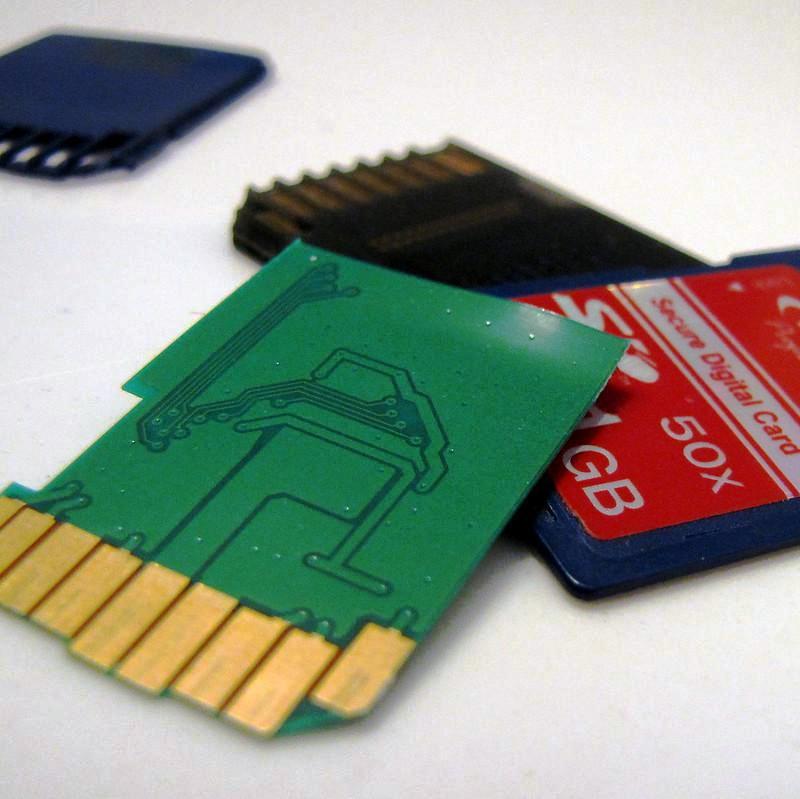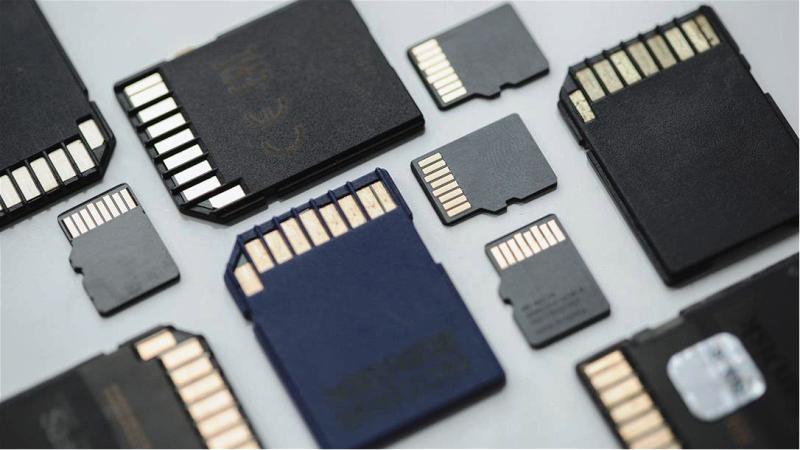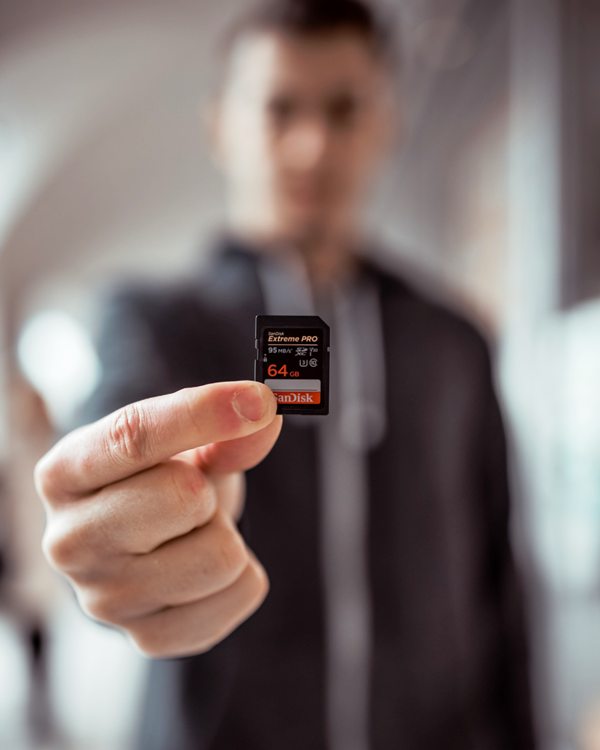An SD card is a small, compact, solid-state device. Unlike older storage devices such as floppy disks, which feature thin disks spinning at high speeds, the card has no moving parts. Since an SD card’s components form part of its circuitry, they can get as small and compact as necessity and technology requires. So let’s check out everything about the What is the Lifespan of an SD Card article.
When cards were rolled out in 1999, they became an overnight hit. Today, these storage devices are necessary for daily life as they are part of portable devices you need to use regularly, such as smartphones, computers, and cameras. But just like other devices, they have a service life and will malfunction at some point. Acknowledging that your beloved SD card will fail and knowing when it is likely to give up will save you from losing valuable data stored in the card when it malfunctions. If you also have this question arise What is the Lifespan of an SD Card then check out more from here.
According to the SD Association (SDA), the body responsible for setting memory card standards, their devices are designed to last 10 years. That is longer than the service life of most cameras and phones, meaning the card will probably outlive your devices. However, the SDA acknowledges that the service life of your card gets affected by usage and quality.
(Revealed) What is the Lifespan of an SD Card
EsportsHeadlines.com mentioned in their guide on the Steam Deck Best SD Card that some of the manufacturers extend their warranty from 10 to 30 years, with SanDisk and Lexar being the prime example. On the other hand, heavy card users such as photographers say that their SD cards last 1-2 years. This could be due to the card’s intensive write/erase cycles. Now let’s get to know more about this What is the Lifespan of an SD Card guide.
Cards retain data through the write/ erase cycle, which affects their longevity. Many SD card manufacturers claim that their products can undergo 10,000 write/erase cycles before failing, translating to about 30 years.
What is the Write/Erase Cycle & How Does it Affect the Lifespan of Your Card?
An SD card uses non-volatile semiconductor memory ( NVM), which stores data in floating gate memory cells made of metal-oxide-semiconductor field-effect transistors (MOSFET). The NVM aspect of the SD card enables it to store data even when disconnected from a power source.
The circuits use NAND flash memory, making it possible to recall data stored in the card repeatedly, quickly, and reliably. When the device is removed from a power source, the floating gate transistors charge the memory cells enabling data stored in the card to remain intact.
Data stored in the card resides on flash memory cells on the circuitry. Each memory cell features two gates and acts like a switch where the electrical current flows between a control gate and a floating gate. The control gate capture and traps electrons, then nudge them into the floating gate. The trapped electrons equate to stored data. When no electrons are trapped in the cells, no data is stored there.
Flash memory is based on an Electronically Erasable Programmable Read Only Memory (EEPROM) chip, enabling numerous read and write cycles. Individual memory cells store a voltage, with each voltage level representing several different values. The flash memory has a grid of rows and columns with the two transistors (floating gate and control gate) mentioned above. The floating can only connect to the row via the control gate. When the link is connected to the row, the cell has a value of one (1).
The Write/Program Process
The write or program process involves changing the value to zero (0), using a process known as Fowler-Nordheim (FN) tunneling. During the FN process, electrons are pushed into the floating gate.
The Erase Process
To erase data, electrons are ejected from the floating gate to change the value in the cell to 1. A negative voltage is used to push out electrons from the floating gate by grounding it to carry out this process. This removes electrons from the floating gate due to the FN effect. All of its floating gates and cells in a blank SD have a value of 1.
NAND flash technology is designed so that the cell has to be erased before it can be written again. Every time memory cells go through the write/erase cycle, also known as program/erase cycles (P/E cycles), the chips experience a little wear, and the lifespan of your SD decreases.
Memory cells are normally insulated to protect the charge from leaking out. However, the insulation wears away gradually whenever a write action is performed and the voltage in the cell changes, causing the data on the card to get corrupted. Though SD cards have features that enable them to detect the corrupted cells and avoid them, if the bad cells keep increasing, the card is eventually unable to hold data as the memory cannot map out the problematic cells.
Commercial-grade SD cards are not made for long-term storage due to the possibility of the cell voltage leaking with time. However, there are special cards that are designed to be written once for archival purposes. Under normal circumstances, your card is more likely to get physically damaged before the cells in your SD card can start corrupting your data.
Can you Improve the Lifespan of your SD Card?
While your card will not hold data forever, you can get the best out of it by taking care of the device and avoiding doing things that are likely to decrease its lifespan. These are:
1. Handle them Gently
Though your cards look like some small piece of ordinary plastic, they pack very high technology, as you noticed reading through the article. The card features many microscopic components that cannot be repaired once they are damaged. To prolong the life of your card, handle it gently. When inserting it into a device, keep the SD card straight; insert it gently without bending or forcing it in. When removing the card, do not yank it out.
2. Keep it Away from Water
Just like oil and water do not see eye to eye, SD cards and water do not get along well. While some brands design water-resistant cards, immersing these devices in water for long periods will make them malfunction.
If the card has come into contact with any form of moisture, use a static-free piece of cloth to get rid of excess moisture by wiping it gently. To ensure you get rid of all the moisture, place the card near a dehumidifier or let it sit in a room with a free dry air flow for 24 hours. Do not get tempted to place the card under direct sunlight as the high temperature will damage it.
3. Electrical Surge Protection
Electrical surges usually overwhelm the card’s circuitry system and might cause permanent damage. If an electrical spike occurs when you are using the card, remove it from the device. and touch it slowly and gently with a large metallic object to ground it.
4. Reduce Metal Contact Damage
Users who constantly insert and remove their cards from devices risk damaging the metal contacts. To prolong the card’s lifespan, use a pencil eraser to gently clean the metal contacts by rubbing the contact points to remove any sign of corrosion.
5. Bad Sectors/Blocks Accumulation
Bad blocks or sectors in the card usually occur with time. Essentially, these sectors are simply bad storage spaces that cannot hold data anymore. Bad blocks tend to increase until the card malfunctions permanently.
SD cards develop bad sectors for the following reasons:
- Inappropriate handling when inserting and unplugging the card
- Physical damage or accumulation of dust
- Unplugging the card without switching off the camera or smartphone
- Manufacture defects where the device is of poor quality
- System shutdown or power loss when reading or transferring data
- A card with bad sectors usually presents with the following errors:
- Unable to read or write
- Card not recognized by the device
- The device asks to format the card to access stored data
- Windows is unable to format the card
While several methods of repairing corrupted blocks improve the card’s lifespan, using the chkdsk command approach is one of the most popular and thorough techniques using Windows.
Behind the CHDSK Command
This technique checks the system for physical and logical errors, fixes errors in the volume when deployed alongside /f or /r parameters, and acts as a bad sector repair tool.
To run the chkdsk command, close all the open files and plug the ailing SD card into your computer. Open the PC and go to the Devices with Removable Storage section. Make a note of the letter assigned to the problematic drive. Next, click on the Start command and enter ‘cmd’ in the search box.
When a command portal opens, enter ‘chkdsk’ and follow it up with the letter assigned to the drive. If the card is indicated as drive G, type a colon and /f (chkdsk G: /f). Hit the Enter key and wait for the repair process to end before restarting your PC.
Final Verdict
So this is all about the What is the Lifespan of an SD Card article guide. Hopefully, if your SD card had not outlived its lifespan but had malfunctioned due to poor practices, it would work. However, nothing can save a card whose time to fail has come due to the write/erase cycles. Hopefully, you get the answer now for what you searching for on What is the Lifespan of an SD Card.
Hope you like this What is the Lifespan of an SD Card from here now? If you enjoy checking or reading the What is the Lifespan of an SD Card then please do share What is the Lifespan of an SD Card with others as well also.


















What i do not understood is in truth how you’re not really a lot more neatly-appreciated than you may be right now. You’re very intelligent. You know therefore considerably with regards to this subject, produced me for my part believe it from a lot of numerous angles. Its like women and men aren’t involved until it is something to accomplish with Lady gaga! Your personal stuffs excellent. At all times handle it up!
As a Newbie, I am always browsing online for articles that can benefit me. Thank you